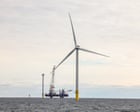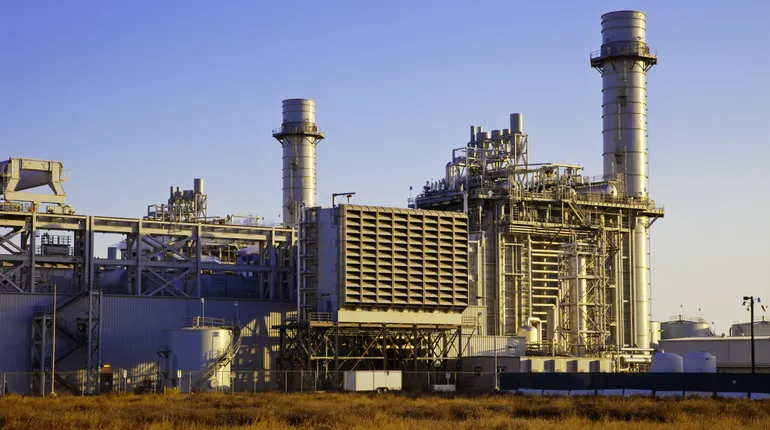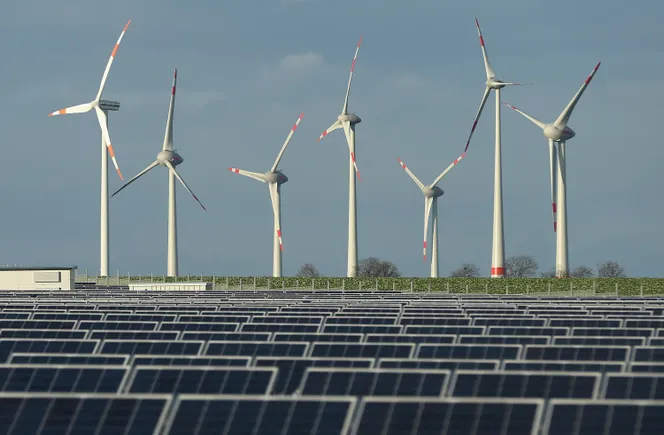After surge in diesel futures price, retail prices catch up, benchmark rises
The benchmark price used for most diesel surcharges moved higher after five weeks of decline. The post After surge in diesel futures price, retail prices catch up, benchmark rises appeared first on FreightWaves.

The diesel benchmark price used for most fuel surcharges took its biggest one-week leap Monday since January.
The Department of Energy/Energy Information Administration average weekly retail diesel price rose 6 cents a gallon to $3.536. It ends a streak of five consecutive declines and is the biggest increase since the price of Jan. 20. But the price now is only 0.2 cents a gallon more than where it was four weeks ago, on April 21.
The futures price for ultra low sulfur diesel (ULSD) on the CME commodity exchange had risen for much of the first two weeks of May. With the normal lag of retail prices to futures and wholesale prices, the jump in the benchmark was not surprising.
ULSD on CME climbed from a recent low of $1.9766 a gallon on May 7 to reach as much as $2.1713 a week ago on May 13. Much of that rise was in sympathy with a general rebound in most asset classes following the Trump administration’s decision to back off the most punitive tariffs for Chinese imports.
ULSD futures have slid since then, settling Monday at $2.1277 a gallon.
Oil prices are managing to hold reasonably steady despite the continuing drumbeat of bearish supply/demand news.
The latest set of numbers came from the monthly report of the International Energy Agency last week. The closely watched supply/demand report said the annual rate of demand growth in the first quarter was 990,000 barrels a day but that the rate of growth would slide to an annualized rate of 650,000 barrels a day for the remainder of the year. Excluding COVID years, it is rare to find an annual increase of less than 1 million barrels a day in the annual growth of petroleum.
The IEA also forecast that growth would be 740,000 barrels a day in 2025 and 760,000 in 2026, also numbers that would be considered far from robust. (The IEA noted that the 2025 estimate is slightly higher than the prior month’s forecast.)
The IEA said the low rates of growth could be attributed primarily to two things. One is “economic headwinds.” But a second is what the IEA said are record sales of electric vehicles worldwide, which the agency has been saying for many months has been a bearish factor in the market for the marginal barrel of consumption, which is where the price is set.
Another factor that has been cited for the fact oil has not fallen further than it has already is the level of global inventories of all petroleum products and crude. The IEA reported that may be shifting, with significant global stock increases in March. But the agency also said global inventories of 7.7 billion barrels was “well below” the five-year average for the month.
The tightness of inventories can be seen in the continuation of the futures market in a backwardation structure. In backwardation, the price declines as it moves out on the calendar. For example, in the current ULSD market, June is the first month contract. July is next and it is priced less than June. August is less than July, and so on.
The spread has been volatile recently, but the first month has been firmly in a backwardation between first and second month for all of 2025, reflecting those tight inventories. When stocks are tight, the most valuable barrel is one that can be delivered as soon as possible; the backwardation is reflecting that.
In the background to the market is the continued realization that the OPEC+ group is not deterred by falling prices – with global crude benchmark Brent dropping below $70 a barrel in early April and now just a few dollars more than $60 – and will go ahead with its plan to gradually unwind its production cuts. However, the monthly report of S&P Global Commodity Insights showed that in April OPEC+ output was essentially unchanged from March, even though the group on paper was expected to increase its output by about 140,000 barrels a day.
More articles by John Kingston
Georgia tort reform aims to change practices in judicial ‘hell hole’
New Jersey, feds take opposite paths on independent contractor rules
State of Freight takeaways: Freight crash may turn into sudden revival
The post After surge in diesel futures price, retail prices catch up, benchmark rises appeared first on FreightWaves.






















































































































































